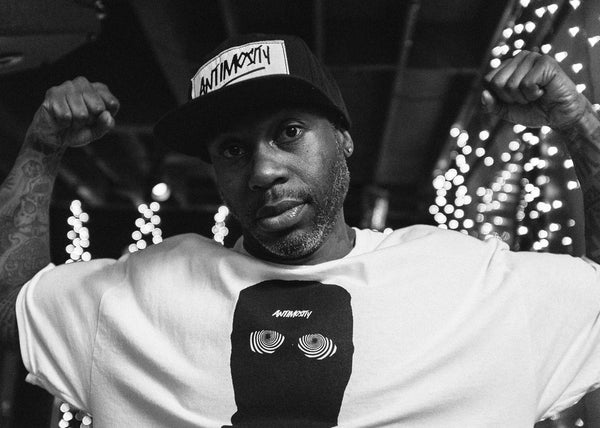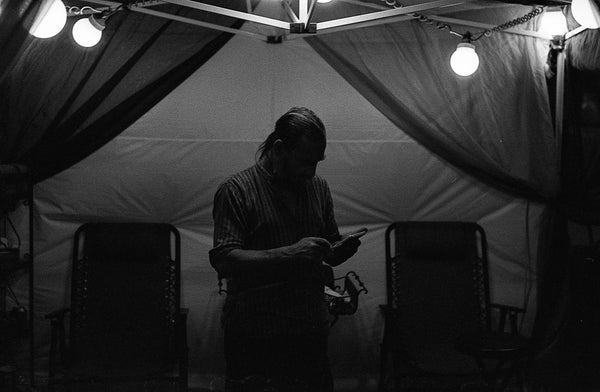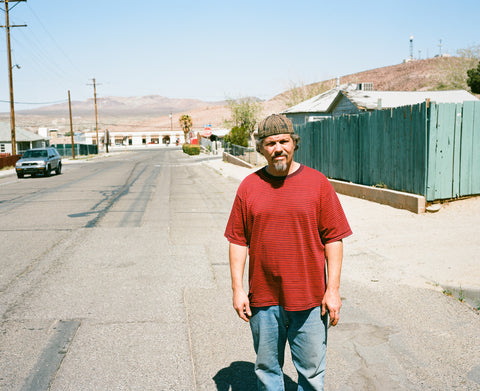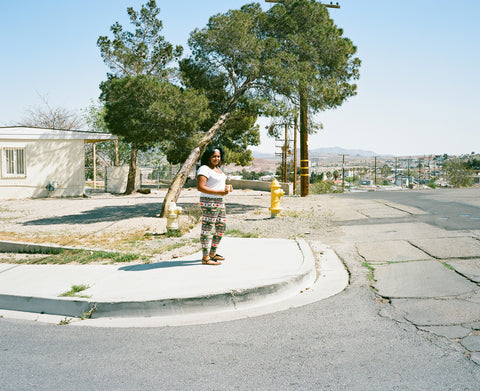In The Frame: Lozzie Kennedy
In The Frame is a series exploring and showcasing the work and methods of artists all over the world shooting film.
Lozzie Kennedy: Website / Instagram
Tell us who you are and where you're from.
I'm a young lady from the shores of a small city in north western Pennsylvania. I, like most..if not all, had a grandmother. Her and I would watch reruns of I love Lucy and the Carol Burnett show. -side note, we also snuck in donuts for our viewing snack pleasures. Why sneak around some sweets, you ask? So that my grampa didn't comment on our health. WILD! right?! Anywho, these shows pleased me so much, from the theatrics, the studio props and costumes to saturated contrast and the juicy colors (with Carol B). At my young age I already knew I liked what I saw and that I wanted to make THAT happen in my life. I had a Vivitar retro panoramic 35mm and one of my first photos that I remember taking with it was a portrait of my gram. She was sat on the peach colored, floral couch in the spare room, where we would watch our shows and eat smuggled sweets. Sadly, I do not know where this image is, as I was probably 8yrs old when capturing it and then stuffed the print in an album somewhere. Fingers crossed I rediscover it someday!

Let's get academic, shall we? from the moments with my vivitar up through high school, I was always capturing scenes around me or setting up my stuffed animals to be my models. High school didn't offer photo (they turned the dark room into a supply closet) but I did attend a university and despite rubbing elbows with student loans for the rest of my human existence, all in all I'm glad I did it.
After all the fun, late studio nights, getting dark room munchies (I swear it's a real thing!) I came outta the grind with a BFA (oooo) main focus on fine art photography! but also dabbled in areas of printmaking, ceramics, 2D animation, and graphic design. All of those mediums did & still do help me pull inspiration(s) from so much of the creative process.
I moved across the United States to follow a desire of new surroundings, experiences, faces – a change in pace. After residing in sunny Los Angeles, California for a bit the opportunity to relocate to Nashville, Tennessee came about. I continue to look for exciting career/life/human/creative options and challenges to better advance my knowledge in the photo/creative media world. Now I shoot with both film and digital, I like them both so much! each offering a spread of excitement with never ending possibilities.
Never still for long, the Chicago chapter will take me through even more worlds of collaborations and obstacles to exert the boundaries of photographic frame!
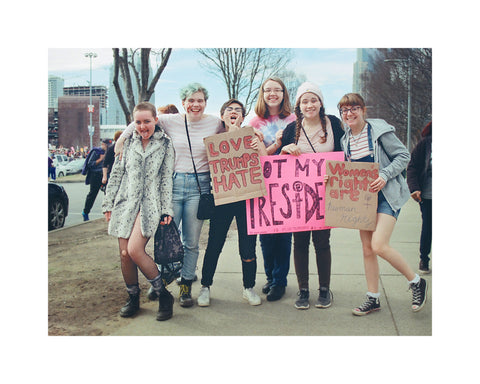 What attracts you to photographing with film?
What attracts you to photographing with film?
Definitely setting up the shot & seeing the light! Shooting film really changes how I perceive the natural lighting that happens all around us. I find myself getting dizzy from it, at times. I wanna drink it in gulps, get drunk off the reflections that blind me and disappear within the shadows then reappear through a window then bounces off buildings & puddles. When you have limited shots on your 24, 27 or 36 exposure roll you cherish each moment.
One of my life long mentors, Henri Cartier Bresson said a wonderful thing “The creative act lasts but a brief moment, a lightning instant of give-and-take, just long enough for you to level the camera and to trap the fleeting prey in your little box.”
What type of gear/film do you tend to gravitate to as of this writing?
Canon EOS Rebel Ti 35mm
Pentax P3 35mm
Minolta Pocket pak/440E 110mm
Polaroid 600
Meikai Refrax "the four shooter"
I love Kodak Gold ISO 200 but I will shoot some fuji ISO 400 for my color shots.
For black and white Ilford Delta 400 & Kodak 400 T-max.
About the images:
Image one: Taken while seeing exhibits in Los Angeles, Arts District. The galleries and exhibits themselves were pretty great, although, I took a liking to this raw, gritty old phone booth. Tagged and drawn all over by passing artists and visitors to the city, to me..this captures the essence of the arts district. My own private viewing!
Image two: Taken on my way through the small town of my university in PA. Not a lot of process leading up to it, other than I simply can not pass up a deep tree shadow against a lightly painted building with windows.
Image three: Taken at the women's march in January 2017, Nashville. A group of young ladies, rallying together. Those girls captured the feeling, the up and coming adults of this country, there is so much that needs done to pave the way for them and if they continue to stand together, like in this photo..they're gonna be A-ok! (a nice thought, at least, let's hope!) I walked beside them for a few paces, heard them speak and then jumped ahead of them and said "you ladies get it!, gather around & let's capture this beautiful moment!"
















